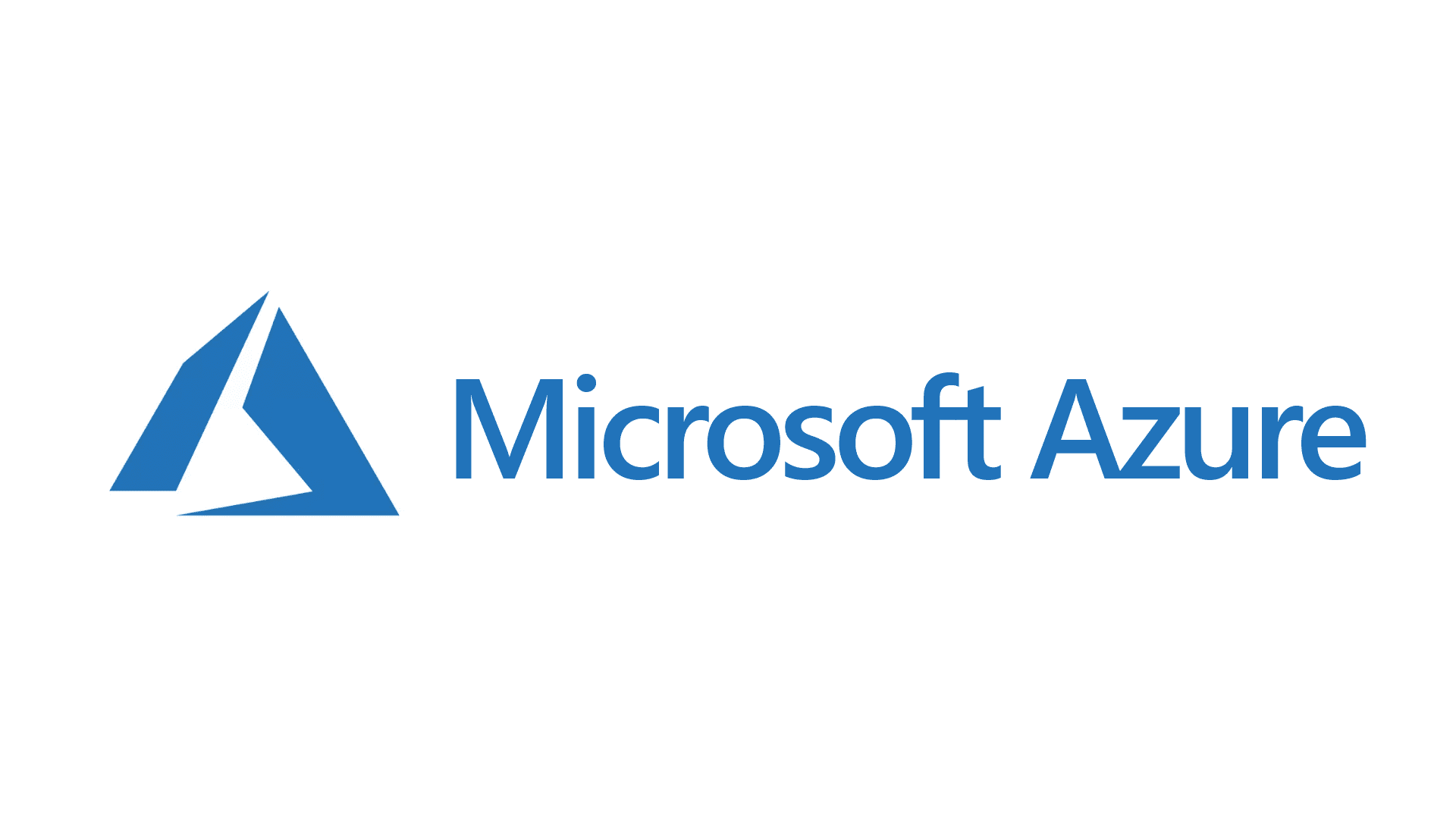Microsoft Azure was previously known as Windows Azure. This is a platform that is for the public for Cloud Computing Services. A user can use it for things like computing, analysis, storage, and networking, etc.
These services can be used to either develop a new application or modify existing applications that are used in the cloud. Microsoft Azure is a PaaS(Platform as a Service) and an IaaS(Infrastructure as a Service).
A user faces some challenges for the migration of cloud on Microsoft Azure, and if not solved they may create a problem for the user.
Some of the Microsoft Azure Challenges for Cloud Migration are:
Dealing with the shift caused by the Mental Paradigm
The main challenge faced at the center of Azure migration is the misunderstanding of the differences between the applications that are hosted on the cloud and the traditional local deployments.
Many concepts are there that are unique in the cloud and capacity planning and resource management are conceptualist differently.
The most important part is that the person who is managing the migration should understand the attributes that are unique to Azure as a cloud platform and the mental shift that should occur when the cloud is being developed.
Enough Local Bandwidth Provisioning
Knowing How much Bandwidth provisioning is needed while migrating to an IaaS(Infrastructure as a Service) platform like Microsoft Azure Cloud Solutions is an issue that is often overlooked.
If a hybrid cloud solution is used then it is very important.? There could be a lot of traffic that runs between systems that are hosted locally and remote cloud elements in such a case.
There is an important point that should be noted that the traffic which previously ran over high-speed, low latency LAN will now run over the WAN. Local Bandwidth acts as a bottleneck.
Planning of System Downtime
During the process of major migration, it is inevitable to ignore the downtime. It must be planned accordingly.
Also, it is impossible to eliminate all downtime. So, it must be accepted and planned according to it. Downtime can be planned by including a few procedures such as carefully estimating the amount of downtime caused by each step of migration and trying to spread it out.
Another process that can be adopted is scheduling the downtime accordingly to have a minimal impact on the process of migration.
Combating Existing Dependencies
There are only a few numbers of applications that are able to operate in a vacuum. When an application is being migrated to the Microsoft Azure Cloud solutions, there are some dependencies that must be taken care of for smooth functioning.
A significant number of connection configurations may be present and they also have a possibility to get invalidated by the move.
So, to avoid all these, approx estimation of configurations should be done before taking the plunge in order to reduce fatal service interruptions.
Common Problems of Migration of Database
There are many companies that solely depend on the external database for smooth functioning and records.
With the feature of migrating applications to Azure in the process of hosting the database in-house, there is a special function in which the database can be moved to Azure itself.
But this process requires dealing with the compatibility issues between Azure storage and the existing application storage. Incompatibility can lead to error-prone results or a situation of ambiguity.
Conversion of database preventing the loss of fidelity or function demands changes in applications and services of database specialists prior to migrating to Azure.
Conversion and Transfer of Virtual Machine
The adoption of virtual machines has brought tremendous revolutions in enterprises. Azure has been the perfect choice for hosting virtual machines and is purely compatible with them from Windows Server 2008 R2 to some Linux virtual machines.
It is always suggested to verify whether any virtual machine is compatible or not before migrating it or for the aim of its migration.
Issues related to Security
Information security is one of the most major concerns of managing and migrating applications and software outside to a cloud platform. Azure uses various secure protocols at the application level.
Additionally, it also creates as well as implements a virtual private network with end-to-end encryption which is commendable and a great reason behind its usage all over the world.
Application Management and Monitoring
Management of the applications is a task that needs great planning and effective execution, there should be an order in which the managing activities take place.
The SDK in Azure comes with a diagnostic API that has the power to expose issues with the logs of the events, crash dumps, and trace failures.
By using the API, users can set up the monitoring rules that can make the process of monitoring and planning, way more easy and also straightforward.
Compatibility of Applications
A user should check the compatibility of the application and the database that will run on the Azure before taking a leap into the cloud.
Cloud Computing services are not always compatible with all the applications and the databases used by the users. The solution to this problem is testing.
Testing the applications and the database beforehand is the best and the most efficient way to know if the Azure Cloud Services and your application and database are compatible. The cloud infrastructure management services also help with these things.
Panning for Disaster Recovery
It is a very unlikely situation that there can be a loss of data or occurrence of errors in the application that are attributed to Microsoft Azure will occur, still, it is a good habit to keep a robust disaster recovery plan.
Microsoft Azure Cloud services itself provides features to restore or recover the lost data, it can create a backup on the local platforms and then it can restore it in case of data loss.
A user should know and keep in mind the types of disaster scenarios that are unique to the cloud hosting platforms.
Final Words
We have covered some of the most significant Microsoft Azure challenges faced by the users in this article.? You can use this information to find solutions to the problems you are facing with Microsoft Azure.
Also, Microsoft Azure is now moving aggressively towards innovation and is continuously adding services to grow its share and provide an excellent experience to its old as well as new users.
Author Bio:
Amit Agrawal Founder and COO at Cyber Infrastructure (P) Limited which is a Microsoft Technology Associate Company provide services such as custom application development, mobile application development, creative web design, Microsoft solutions, SAP solutions, open-source development, Java development, Oracle development, big data solutions, digital experience solutions, CAD/CAM architectural services, testing automation, infrastructure automation and cloud, digital marketing, ITeS, etc.







